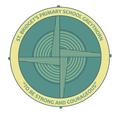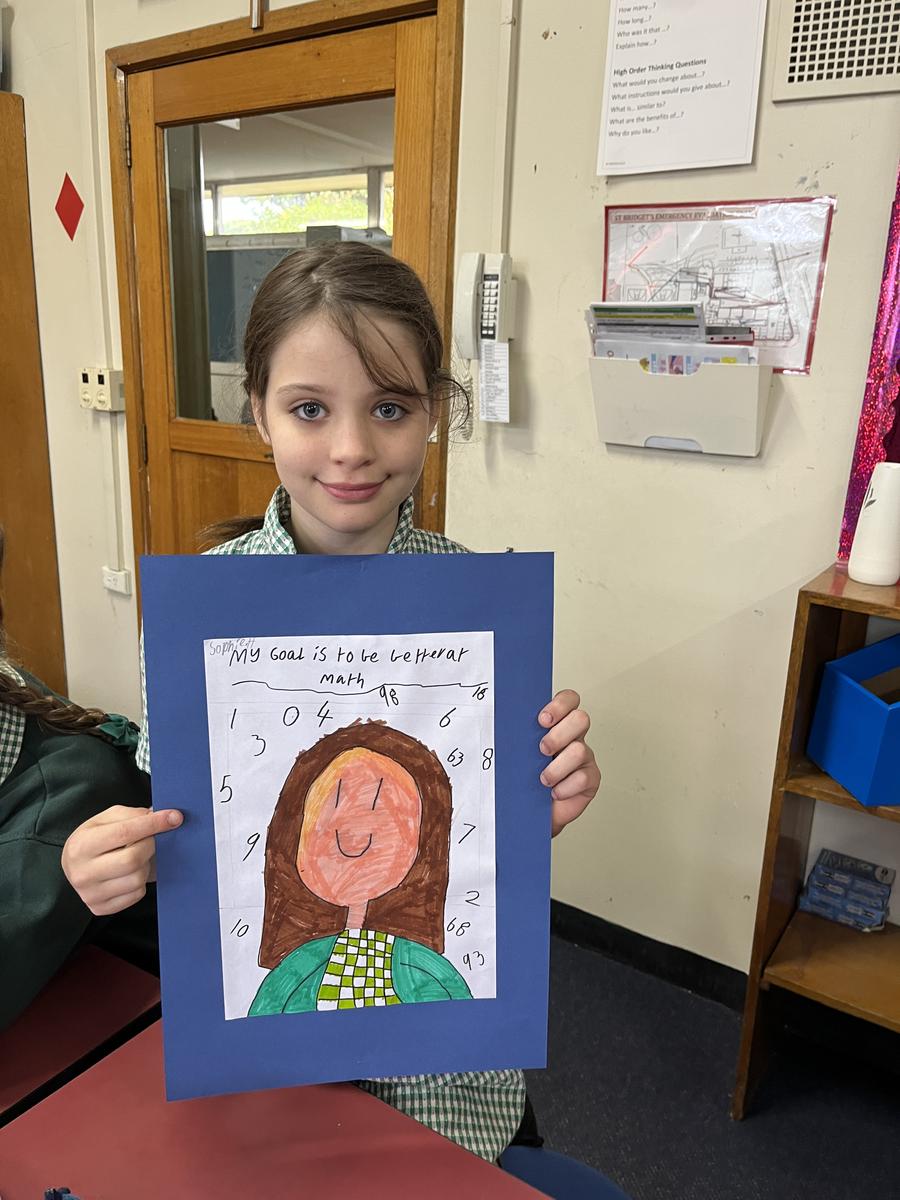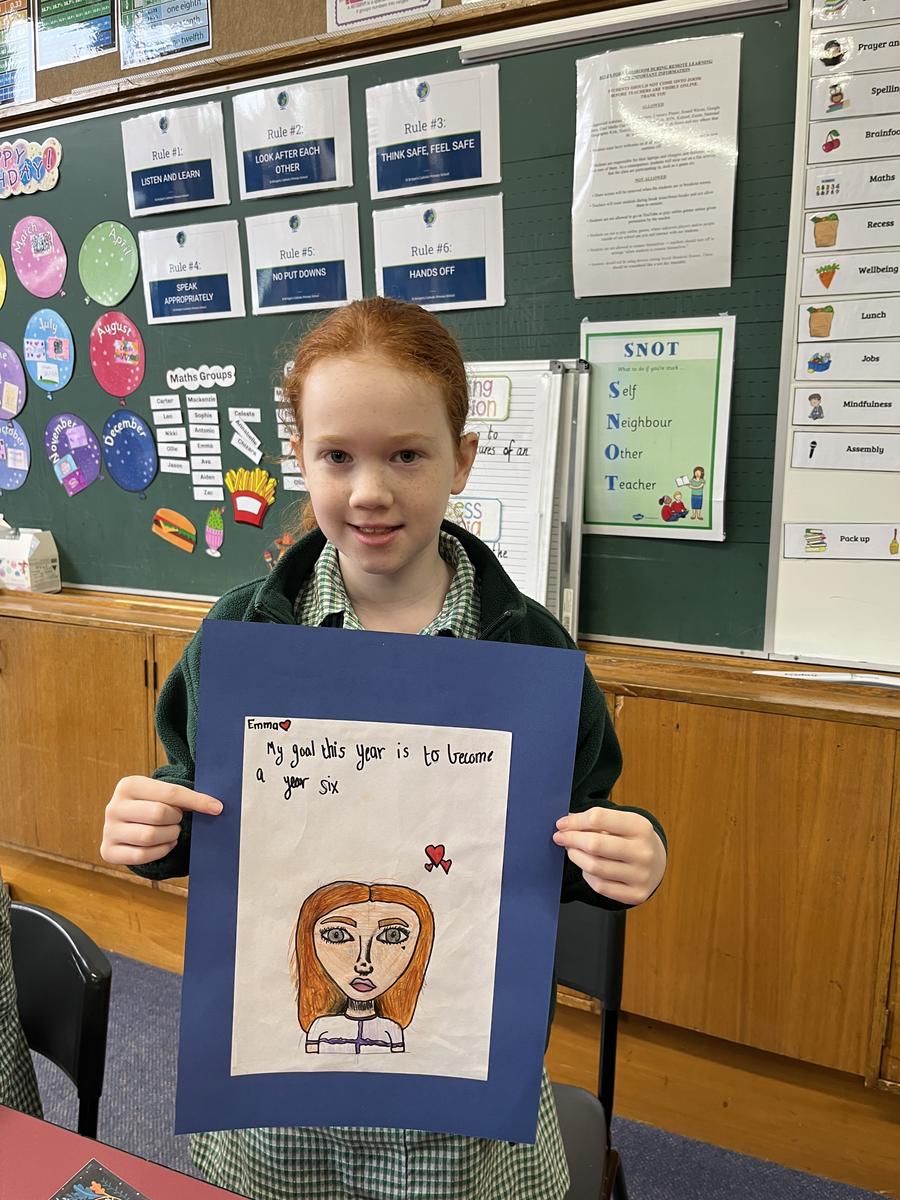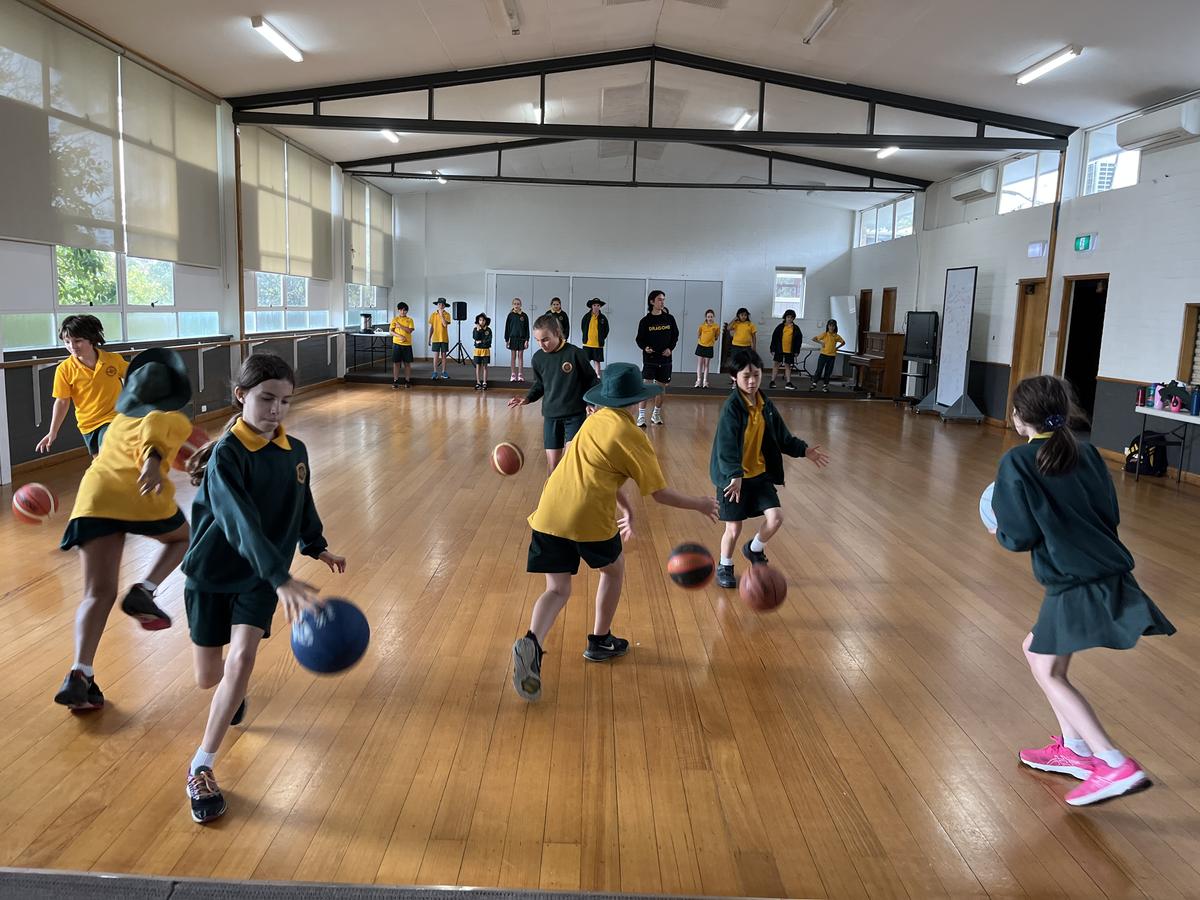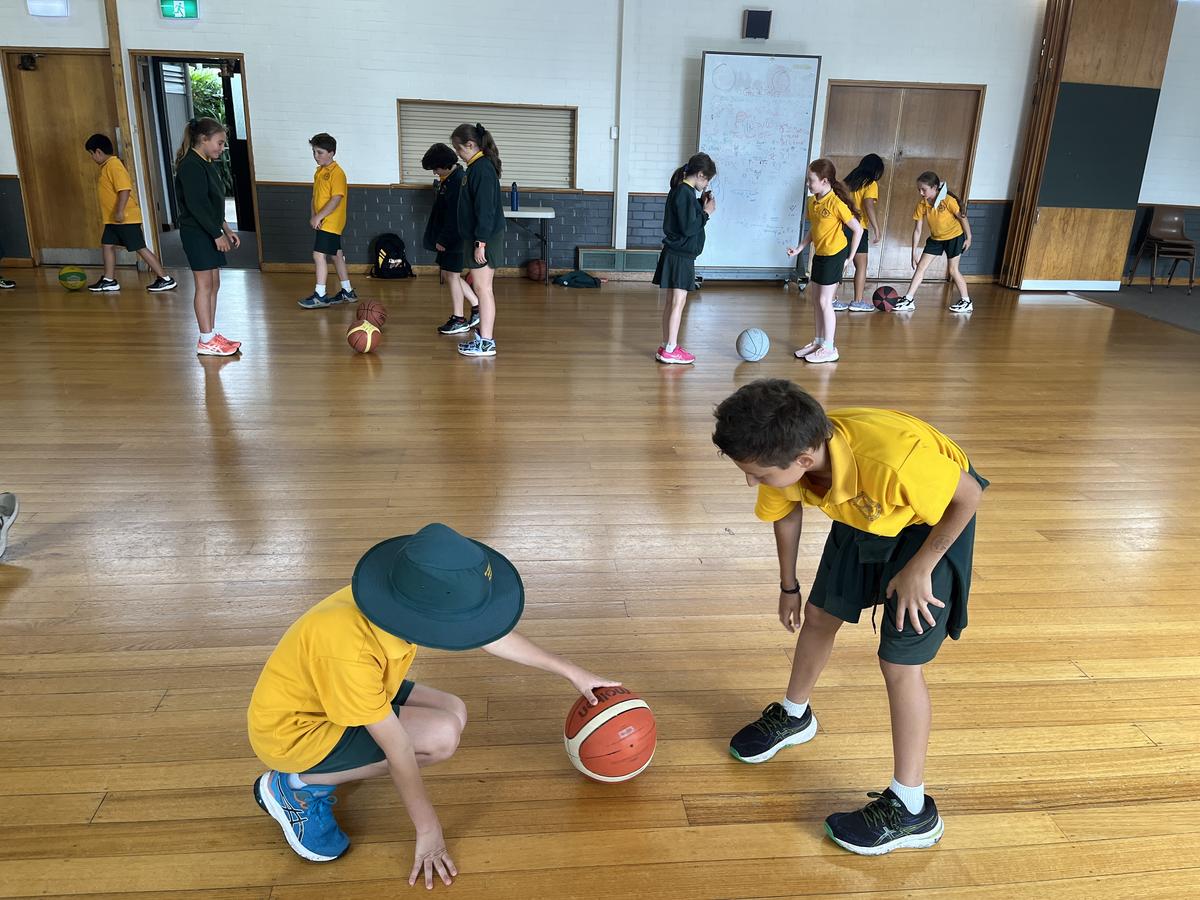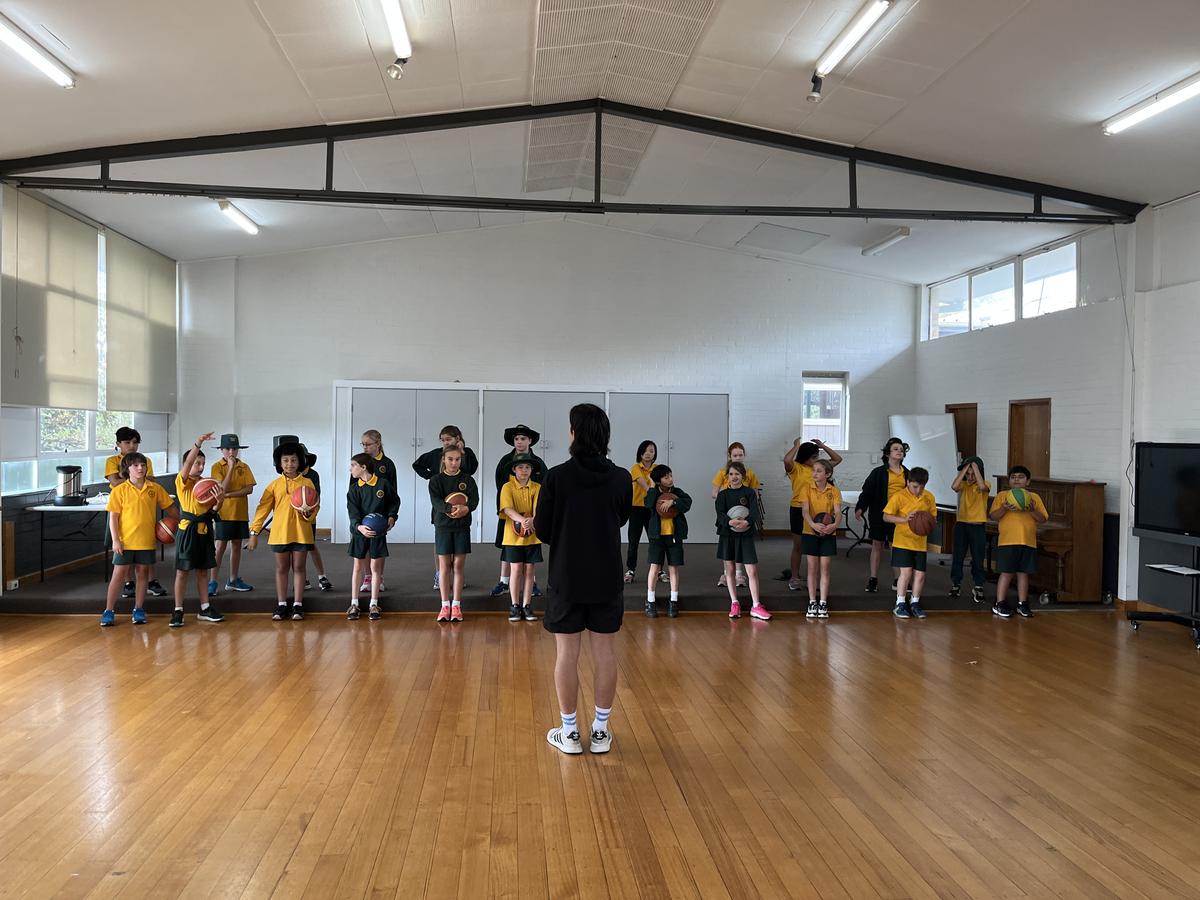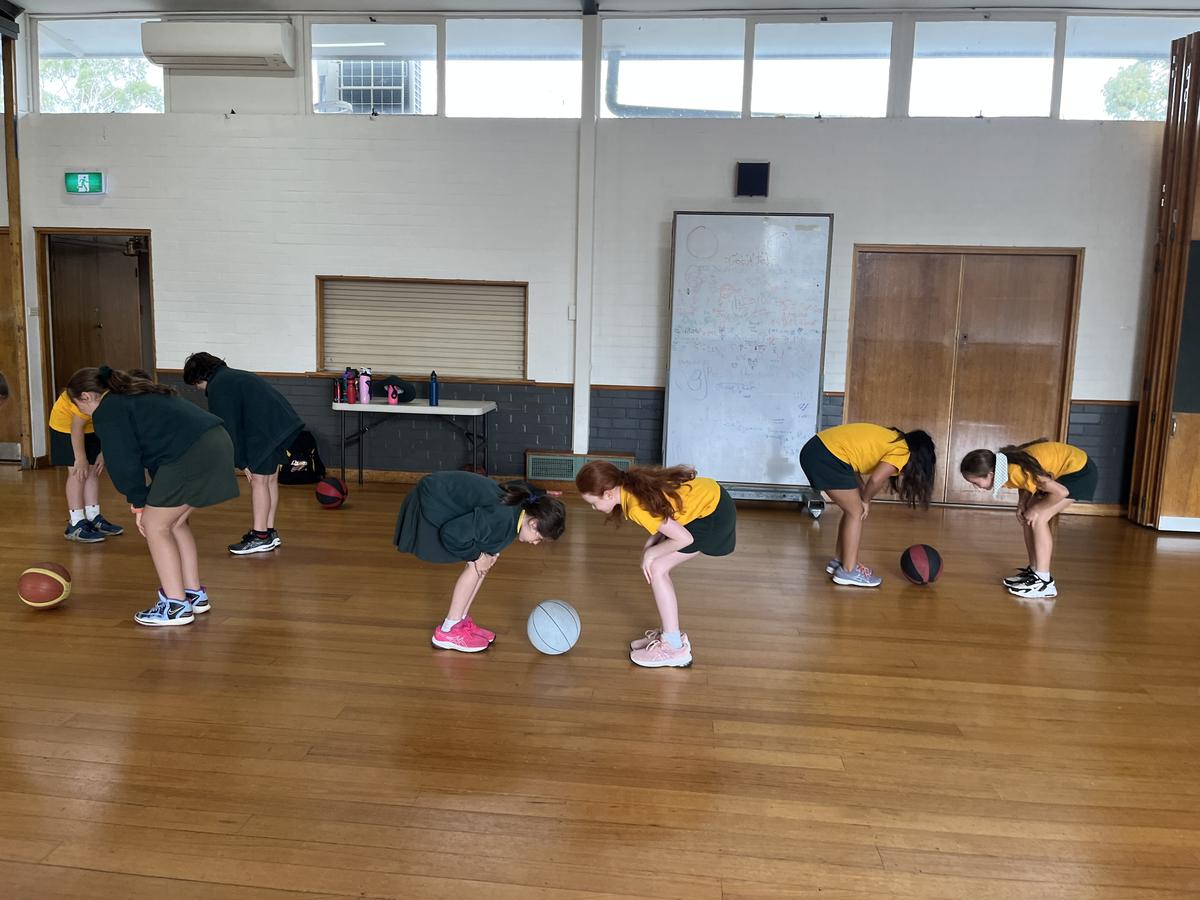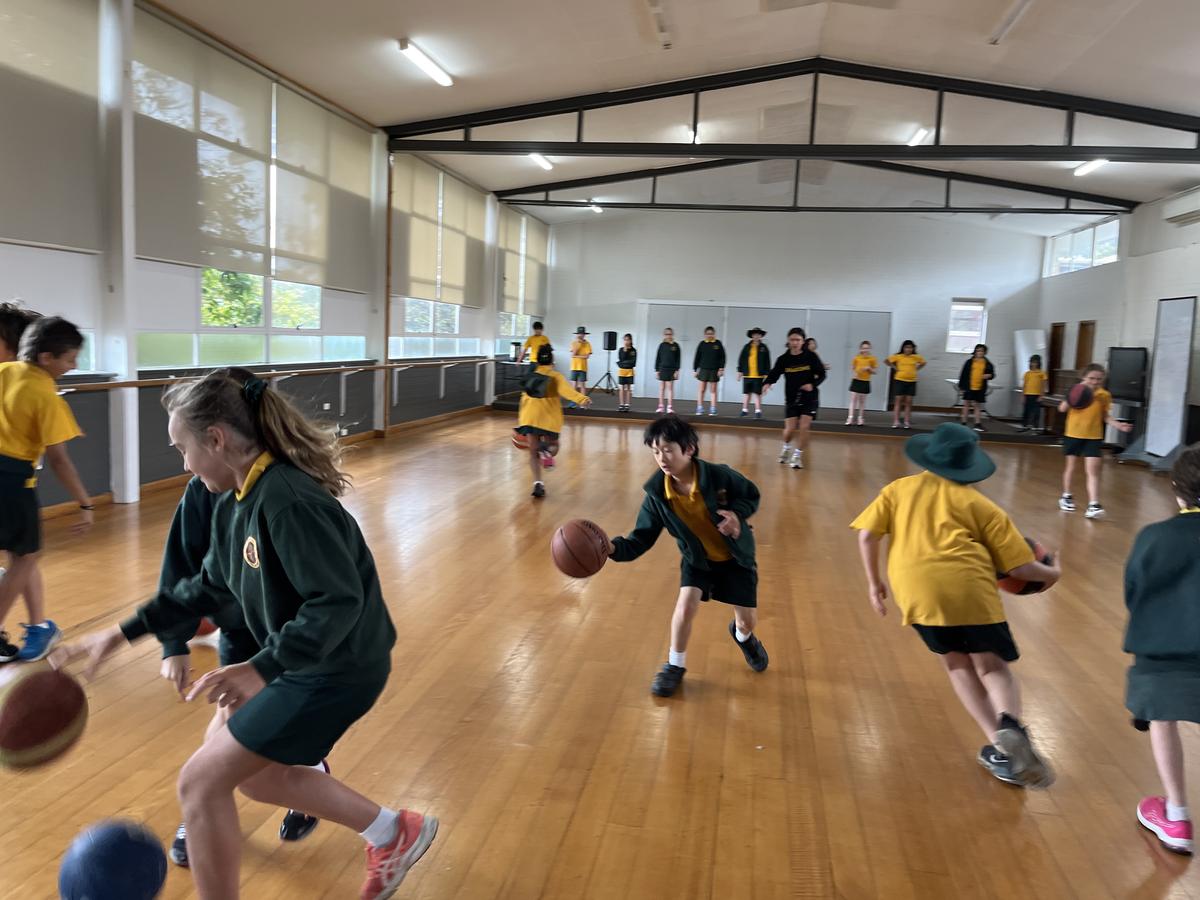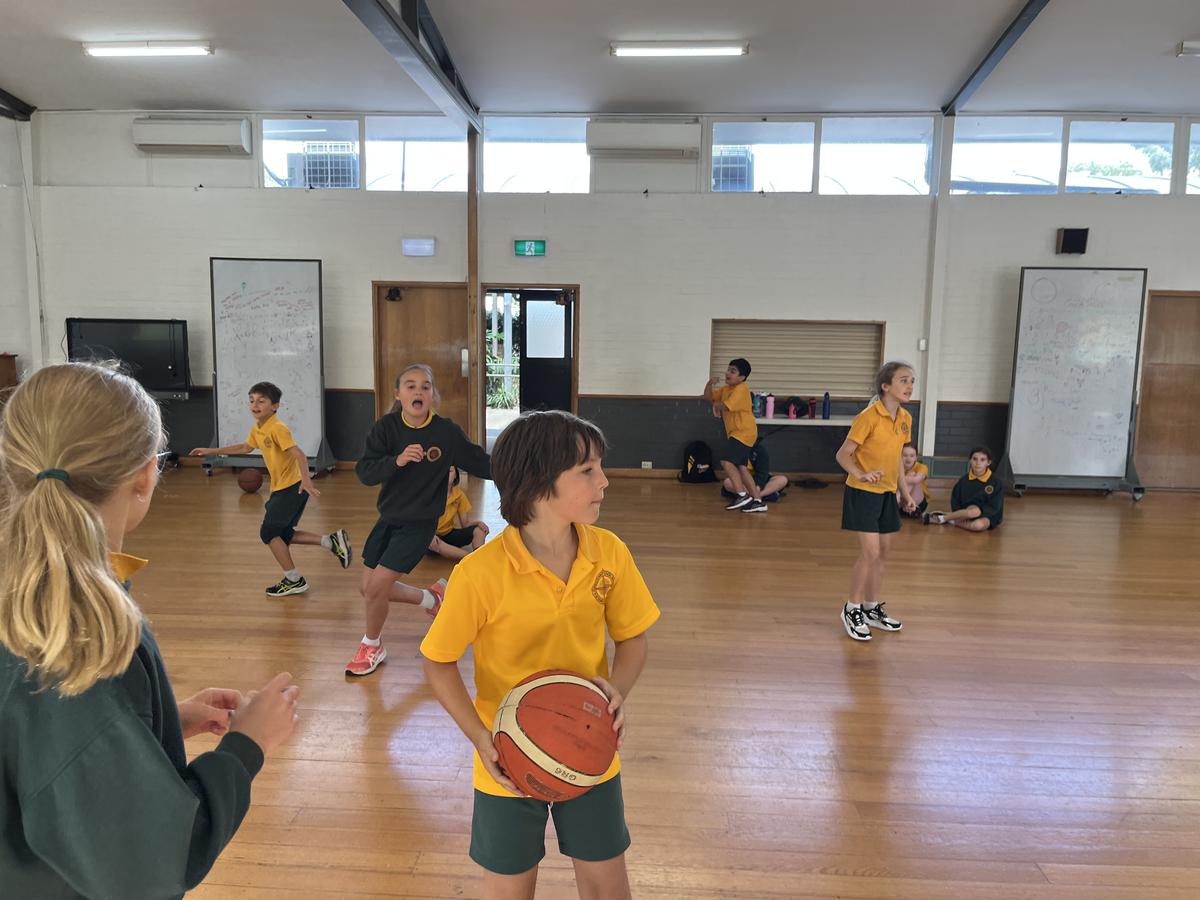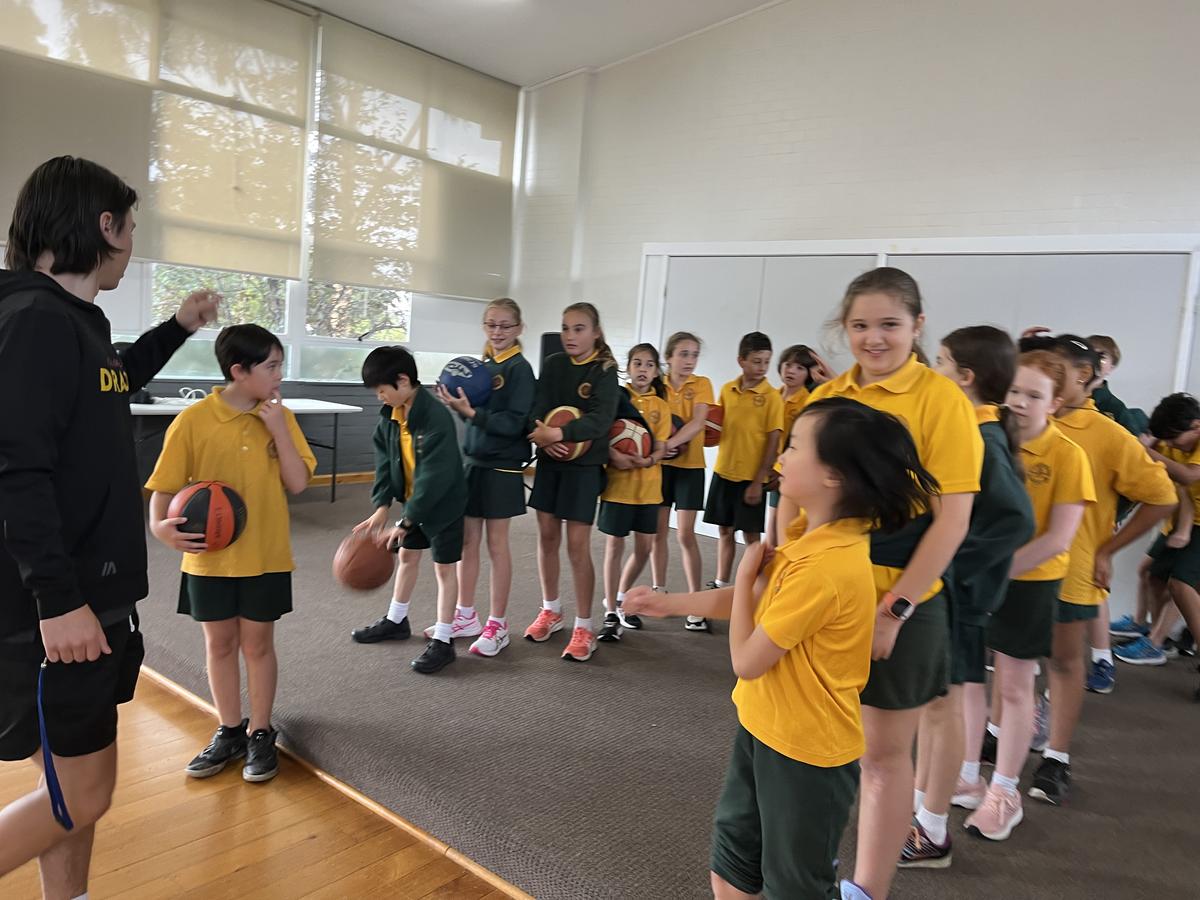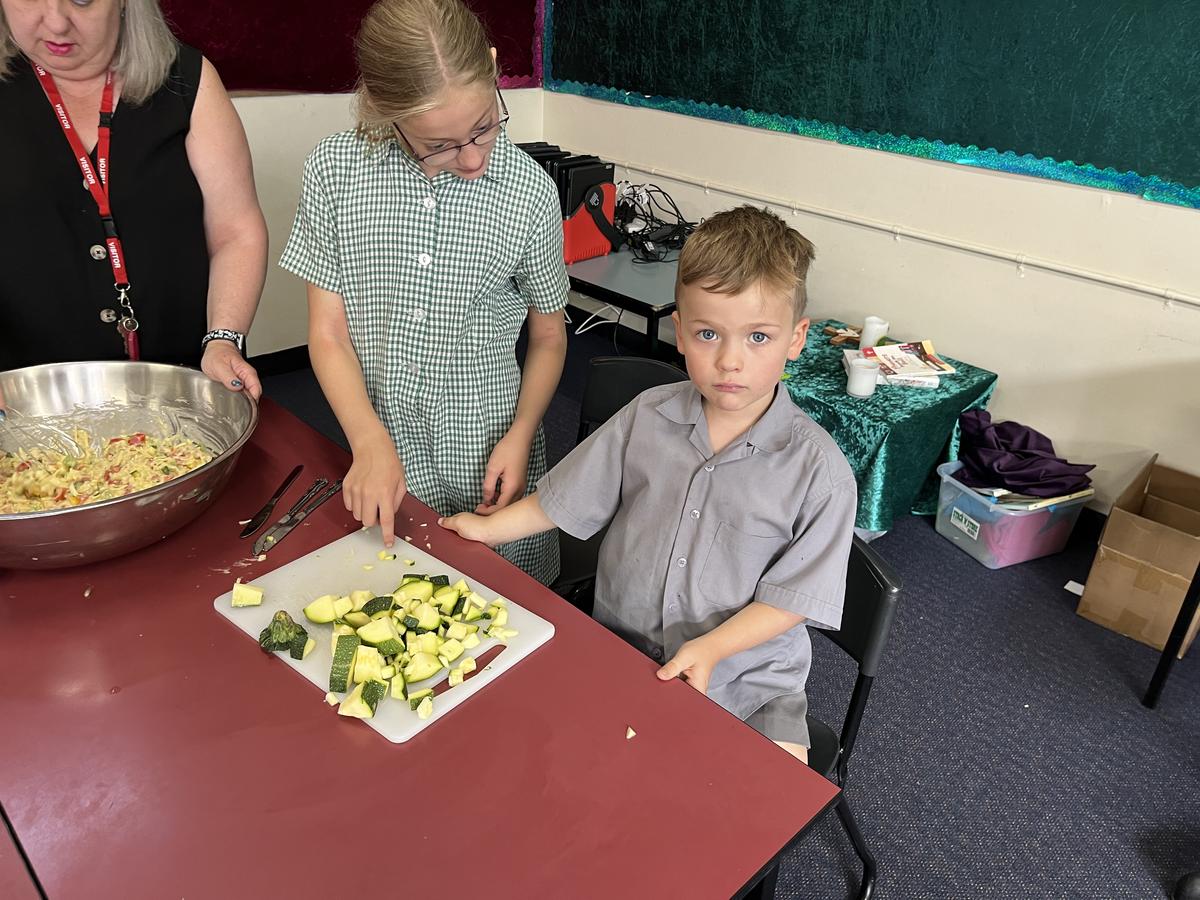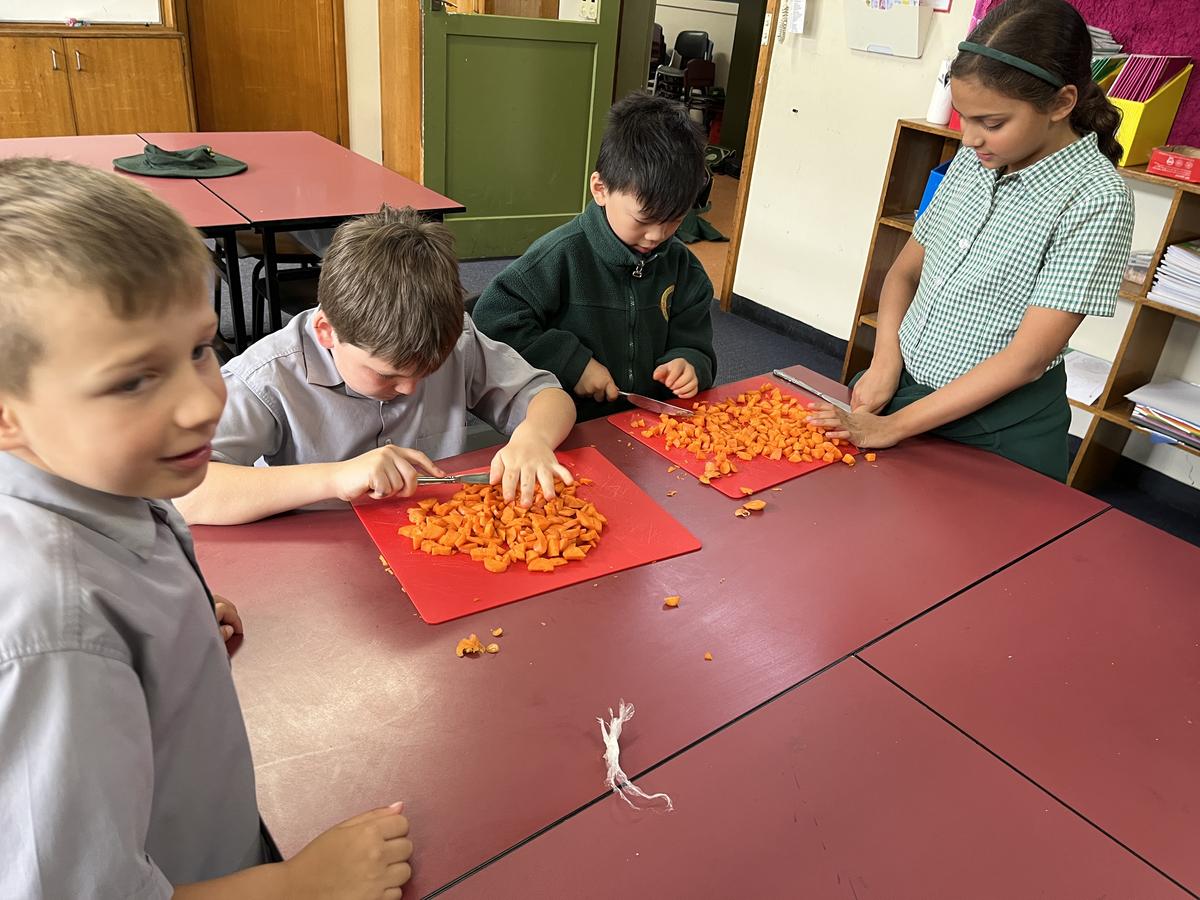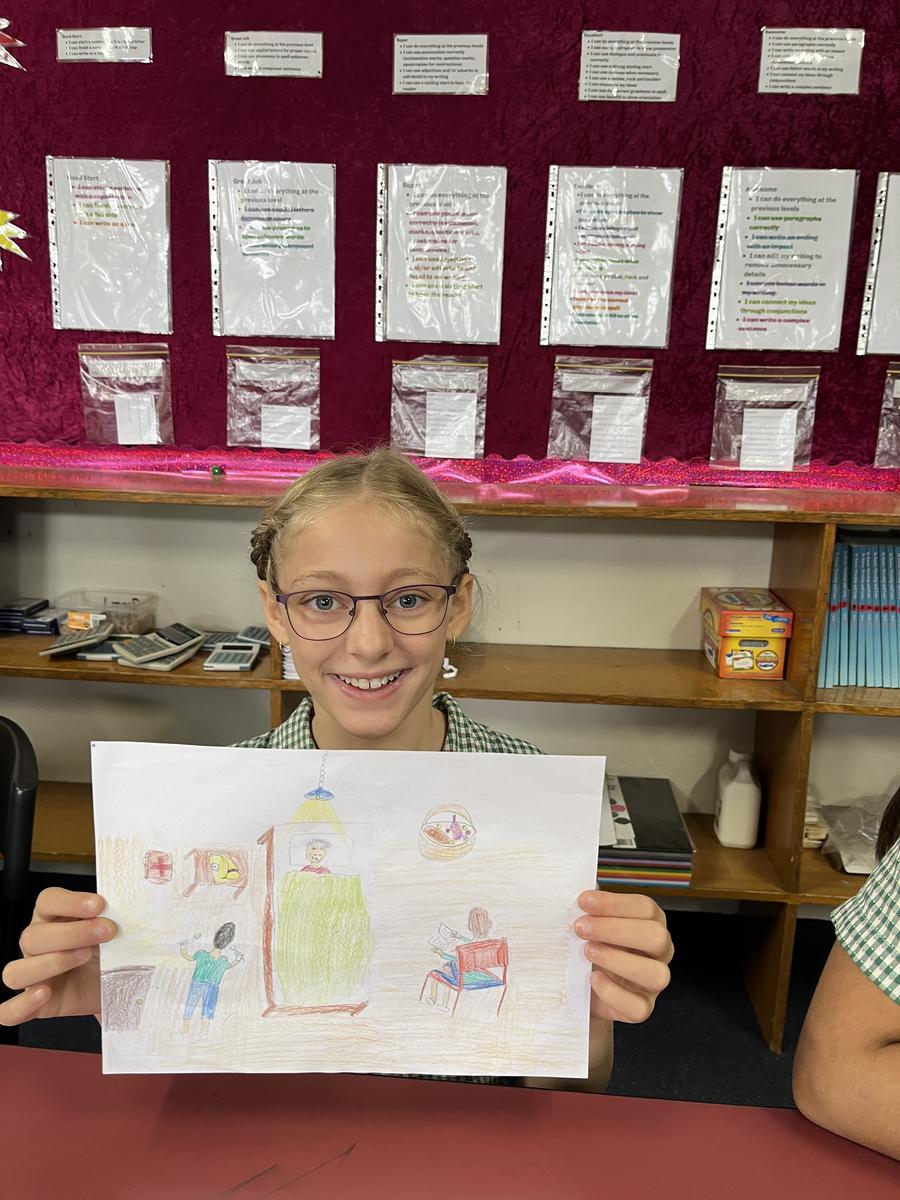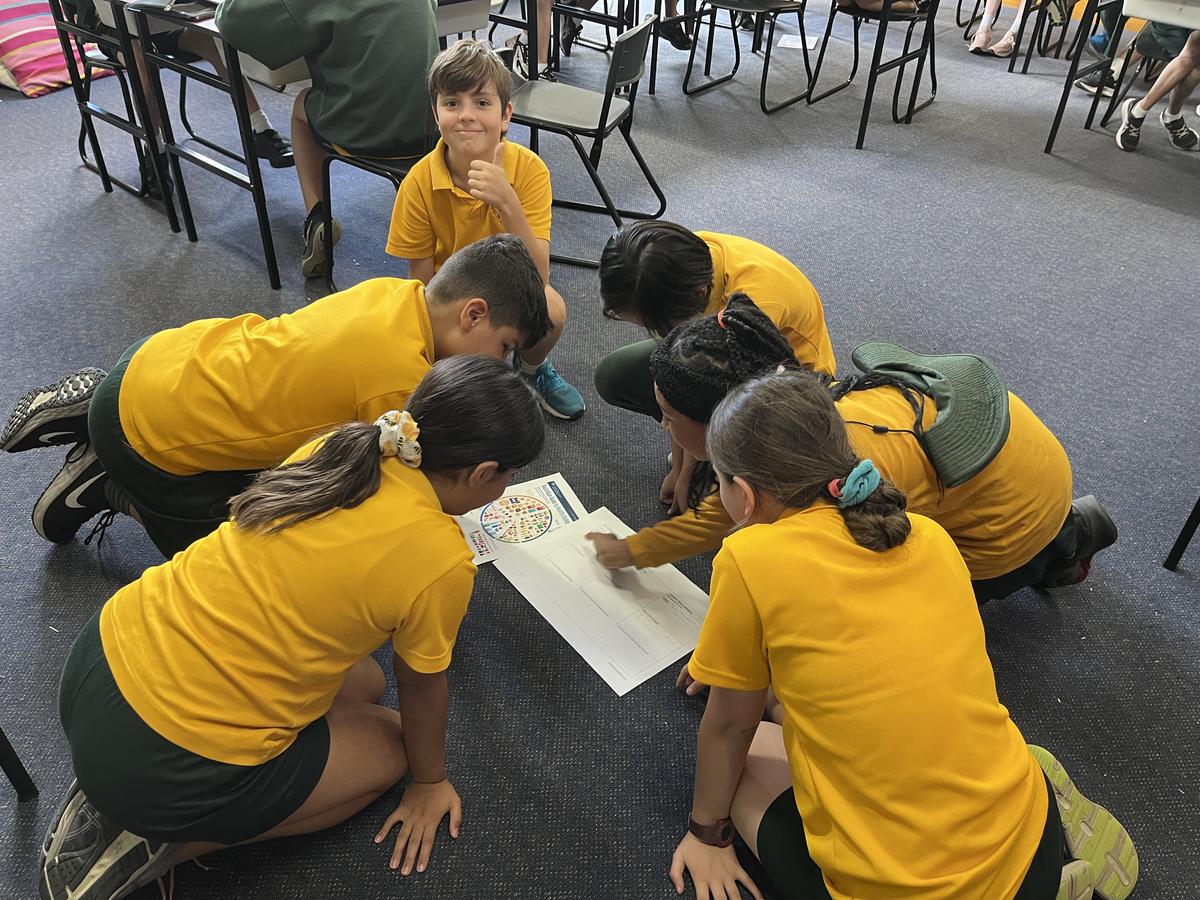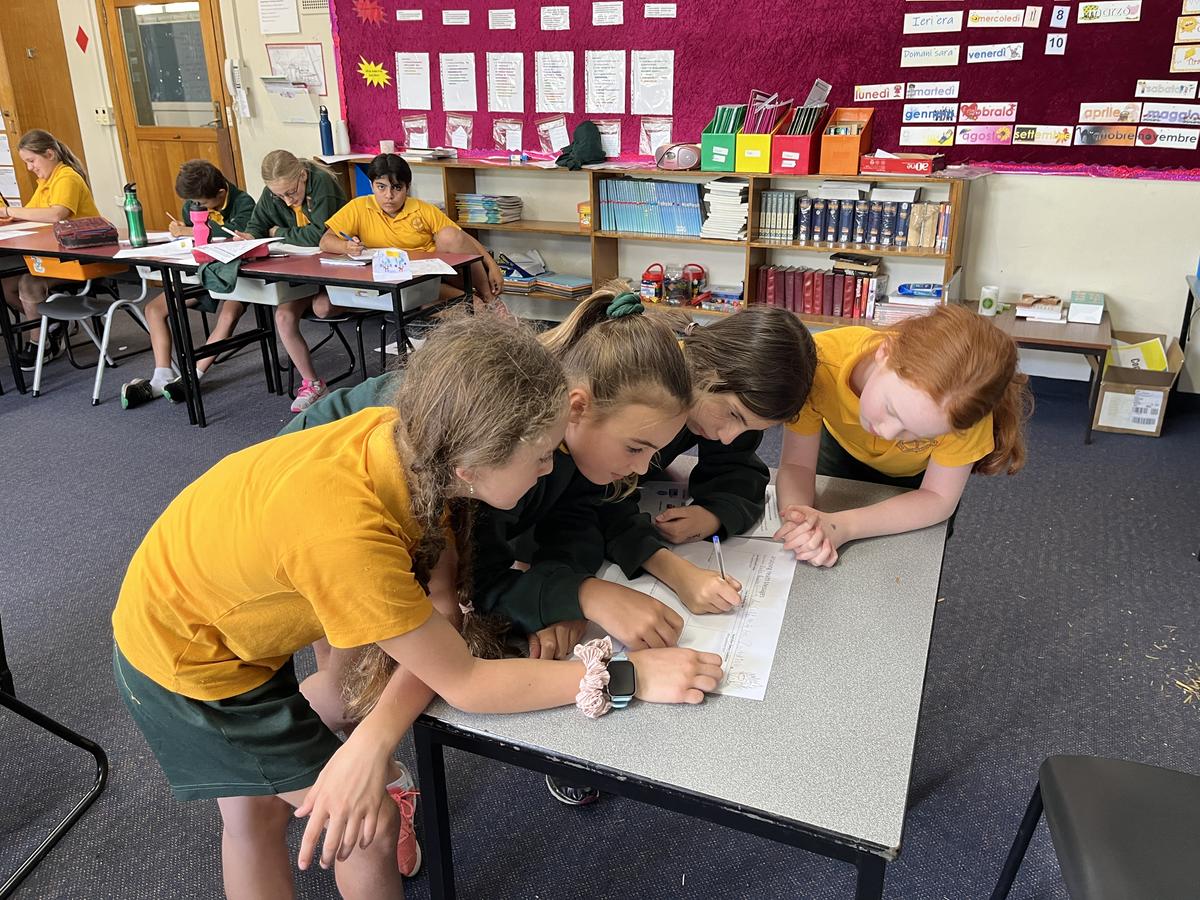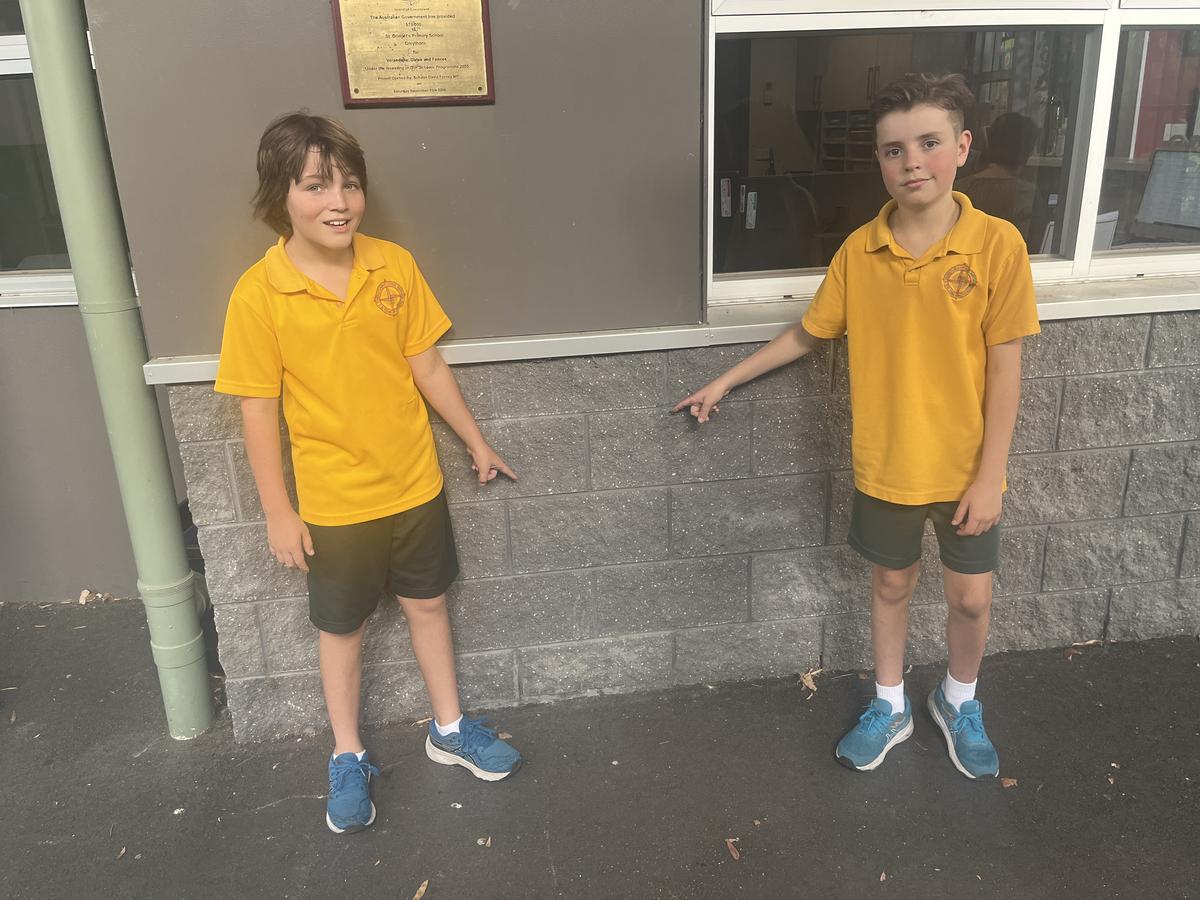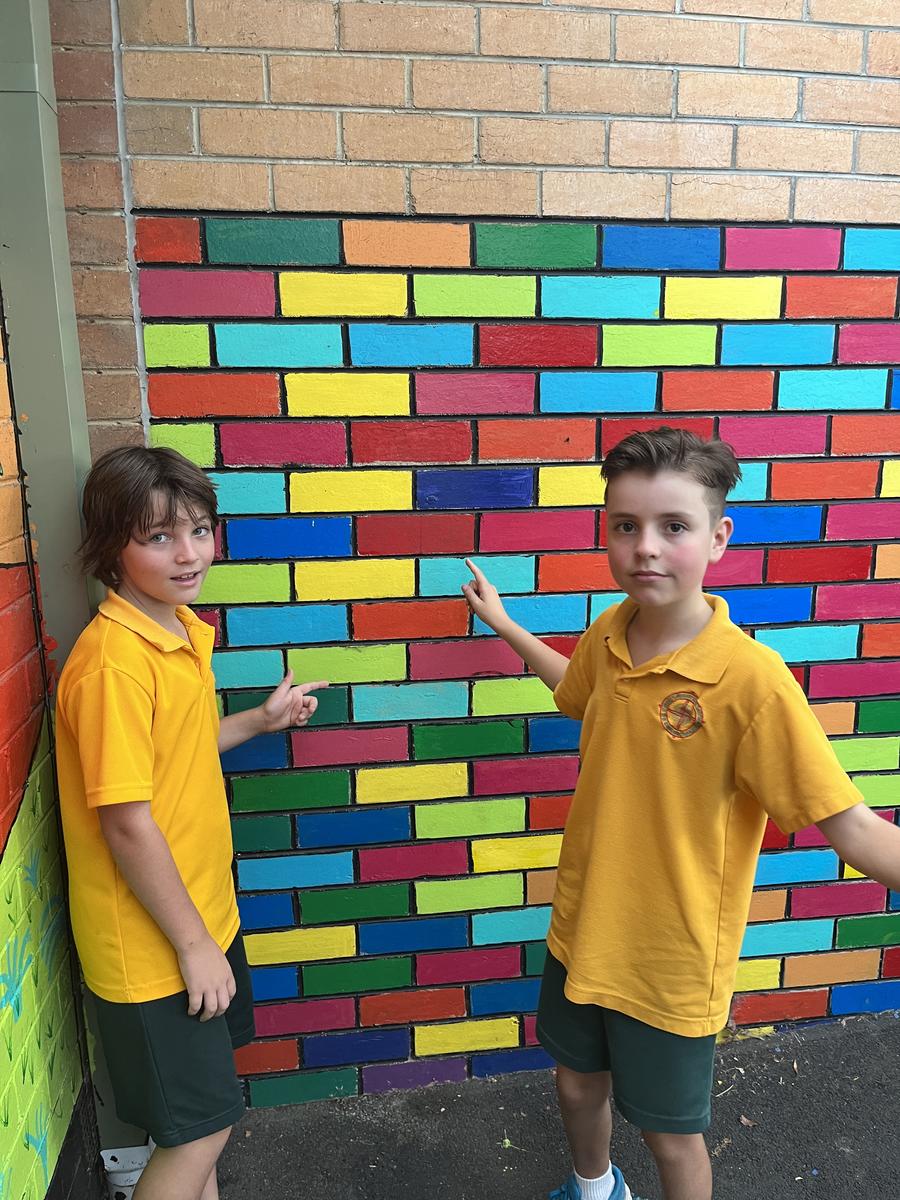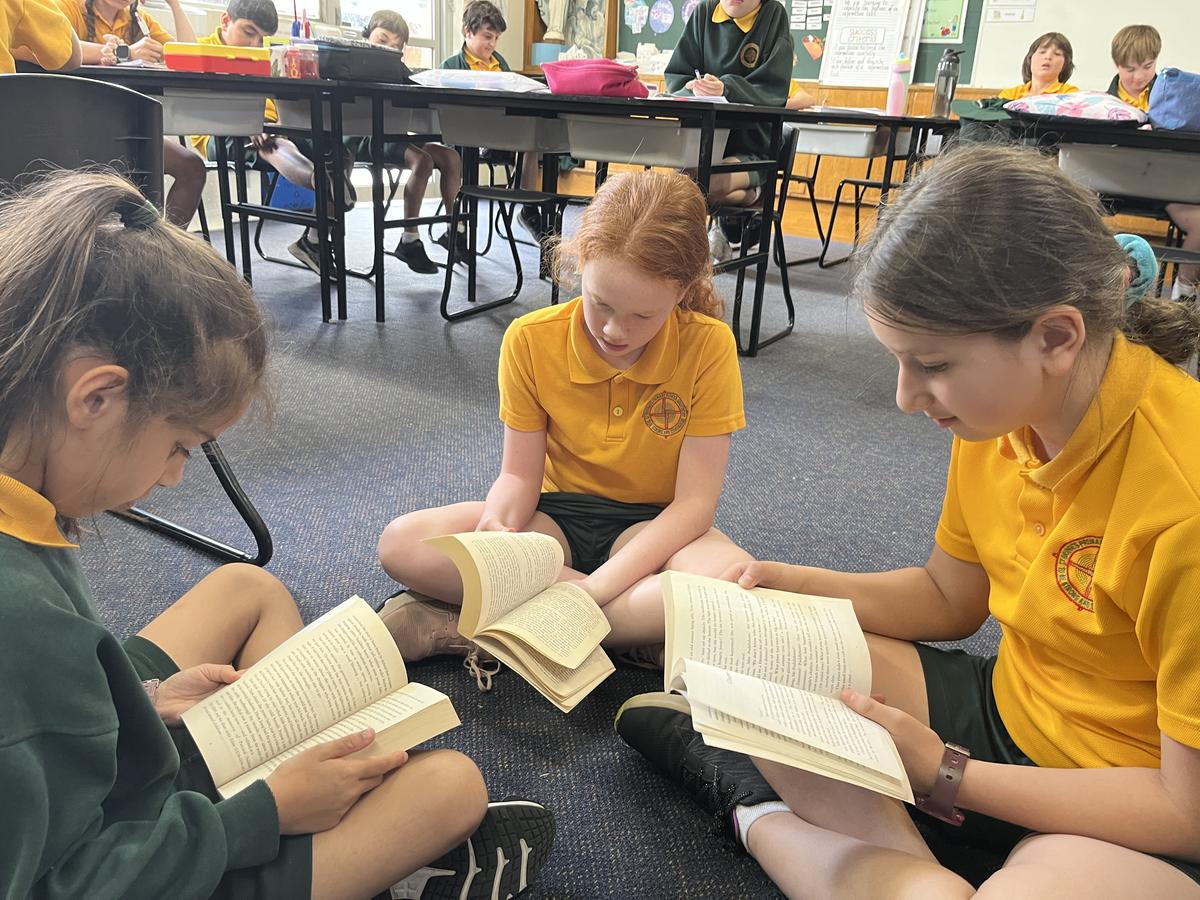Year 4/5/6

To start the Term, the Year 4/5/6’s made a self portrait of themselves. The idea was this self portrait had to be of them completing a long term goal that will be completed by the end of the year. For some students, this meant to be ready for Secondary School and for others it was to improve in a particular area of Maths. This activity was for the students not only to set a goal but be reminded of this goal as the year progresses as it will be pinned up in the classroom. This allows the students to be more accountable for achieving their own goals.
The students of St Bridget’s completed a basketball clinic with the Camberwell Dragons. They learnt the basic skills of basketball being dribbling, bounce and chest passing as well as shooting. For the older students, they learnt how to protect the ball while dribbling as well as staying in control of their dribble. The students had a blast and after this clinic, basketball seems to be one of the sports of choice.
As part of Wellbeing Groups, the students in the cooking group cooked zucchini slices with myself and Mrs Dunn. The students cut up capsicum, carrots, tomatoes, bacon as well as zucchinis and spinach which were from our very own Wellbeing Garden. The students then combined these with a mixture of eggs, self raising flour and vegetable oil. This was then cooked in the oven for 45 minutes. The students and staff then enjoyed a tasty zucchini slice which was yum!
During Term 1, we have been reading ‘Once’ as our class novel. This book is set in World War 2 and follows an orphan boy called Felix who is Polish. The students really liked this book and wanted to see what Felix got up to next. The students have also been participating in a range of activities that go along with this book. The students have been creating a scene from the descriptive language used in the book, they created a summary of events that happened in the book as well as finding unfamiliar words and using those words in their own sentences. They have loved these activities and as they are completing the activity they are constantly engaging in conversations about the book.
During Inquiry, the Year 5/6 students have been looking at how media has evolved over time. Starting from a person announcing events to a small gathering of people to social media like Facebook that we have today. The students analysed the messages advertisements are trying to send us, by asking questions like:
Who published this advertisement? What is the message and is this a trustworthy message? The students broke up into groups to discuss and talk about their answers to a certain media piece. The students found this quite interesting learning about the history of media and how to analyse different media.
After discussing the concepts of tessellations and tiling, the students went out in the school to find how different shapes tile or tessellate with each other. We found a lot of real world samples of tiling and tessellating just around the school. We then came back to the classroom and listed the shapes we saw that do tessellate. We used different shape blocks to test if these shapes tile or tessellate perfectly. We also found that some shapes don’t tessellate or tile at all and some shapes only tessellate when using other shapes with it.
The students have been completing Literature Circles in groups during Literacy. As part of Literature Circles, each group reads the same book and after they have read a portion of the book, the students are set a comprehension activity to complete that aligns with that book.
During Literature Circles, the students in each group assign themselves a particular role. The activities completed are rotated each week to ensure all students have a turn at a different role. These activities will be modified each term according to the type of book the students are reading. The activities during Term 1 included: word detective (students find tricky words in their books and find the definition of these words and then start using these in their own writing), predictor (students predict what will happen next in the book), summariser (students write a brief summary to what they have read), discussion director (students come up with questions to ask the group and to coordinate the discussion), creator (students create a scene that they have just read and write down why they think the scene looks like it does based on the words used in the text) and connector (students connect the text or the themes in the text to another text, the real world or their own experience).
Over the Term in Inquiry, the students learnt about Ethics and Emotions, this all connected to the leading theme of ‘Identity’ and learning about ourselves through other people. We interviewed others, worked in groups and made presentations on ourselves. This all helped with our communication with each other and we learnt about everyone's identity in our class. We learnt that everyone is different and that we have different needs.
Kind regards,
Mr Jack Cirillo & Mrs Brooke Madden
Year 4/5/6 Classroom Teachers
